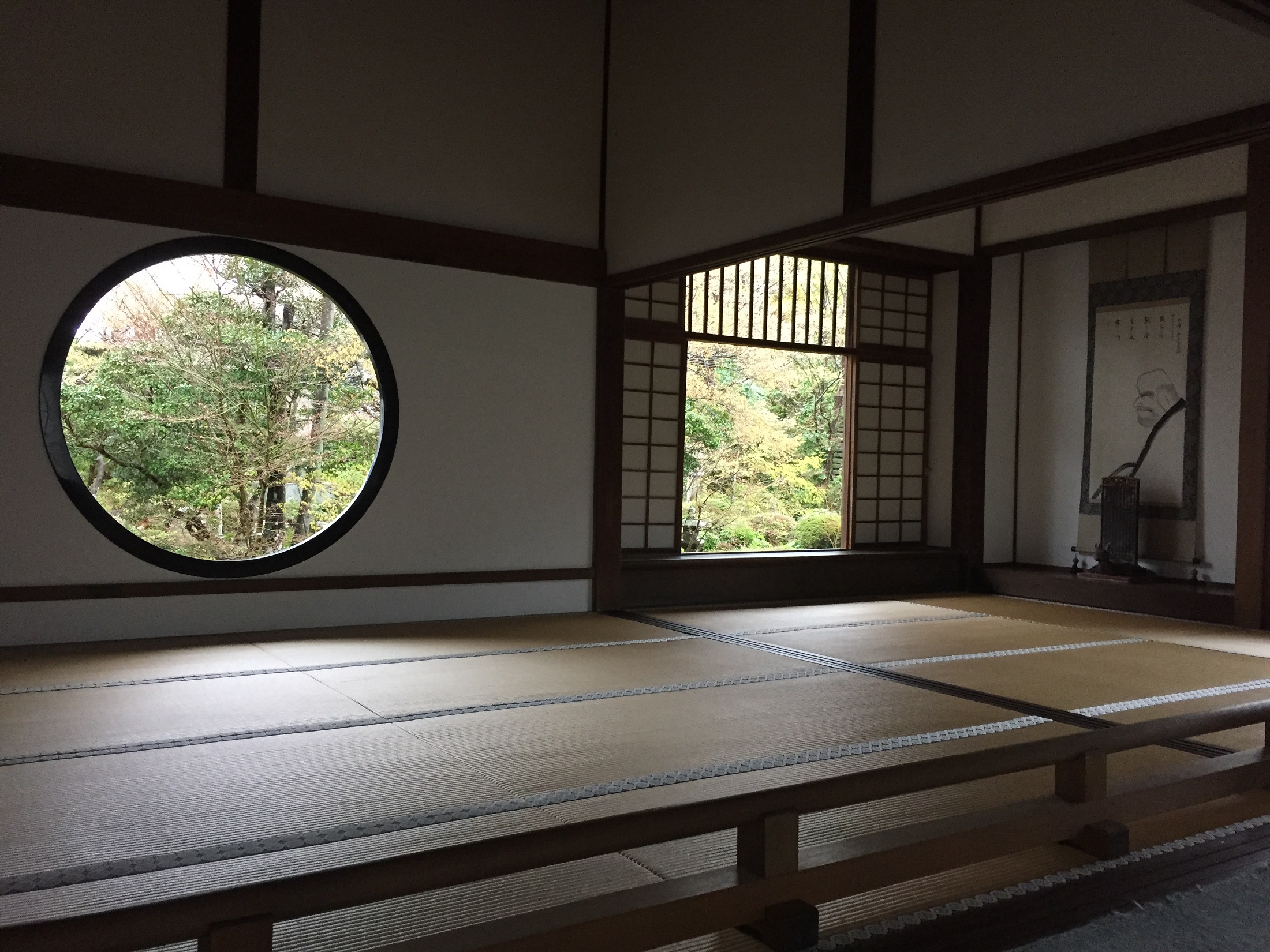I posted a quick write up not that long ago about planning a trip to Japan. If you don’t know where to go and what to do in Japan give it a quick read. In this post I would like to give a small run down of other things you should consider when packing and preparing for your trip to Japan.
Suitcases
One of the perks of flying cross Pacific is having two free checked bags. If you are someone like me, you would use your time in Japan as an opportunity to stuff those two suitcases with as many figures, Gundam models, t-shirts, and gifts as possible to bring back home. But the truth is that they become a hassle commuting in Japan and traversing train stations. If you are not in shape, lugging large suitcases up and down several fights of steps can be torture on your arms!
More important than having to shuffle around with oversized bags in each hand is the fact that the bullet train does not have room for oversized luggage. Japan Rail (JR) has a policy that limits each passenger to only two pieces of luggage, with max weight being 30kg. Plus, the sum of the width, height, and depth of each piece of luggage must not exceed 250cm. In other words you can bring on a backpack and a small suitcase. You can store one thing in the overhead rack and one in front of your legs (think a plane cabin with more leg space).
Don’t overpack!
The Weather and Clothes
Checking the weather ahead of time can help you choose what type of clothes to pack. Japan experiences five seasons: fall, winter, spring, summer, and the rainy season. Last year the weather fluctuated quite a bit. Tokyo experienced unpredictable snow days in the winter and record-breaking heat in the summer. Before packing, make sure you check the 10 day forecast to see what the weather will be like in the areas where you are visiting.
As far as what do wear, that really depends on how you react to certain temperatures. What do you wear when it is 30℃ outside? How about 10℃? It’s best to wear clothes that you would wear everyday during these temperatures. But make sure to pack comfortable clothing: comfortable jeans, jackets, shoes, etc. If your trip is packed with sightseeing then you will do a good deal of walking and standing so comfort is key. Also, throw a rain jacket or small folding umbrella in your bag just in case.
In Japan many people wear long sleeves and long pants all year long. It is not a religious custom like Middle Eastern countries but comes from having a more modest look. As a tourist, you don’t need to abide by that look. Wear what’s comfortable for you; Japanese people don’t mind. You’re a tourist, you will get treated like a tourist unless you look 100% Japanese (heck, I still get treated like a tourist).
Jet Lag

Sunrise over Shinagawa
Jet lag has to be one of the hardest things of international travel. The first time I arrived in Japan I spent the week getting up at four in the morning. The best thing for jet lag is to let it work itself out naturally. Some people try to shock their body into the time zone by forcing themselves to stay up late, but that can make for a lethargic, sleep-deprived trip.
Depending on your age and where you are coming from jet lag can vary, but it usually only lasts about five days. My advice is to mark down all your sightseeing destinations, noting when they open and close.
If you wake up early in the morning then catch the early train to a far destination or hit an attraction that opens early. If you are staying up late into the night go restaurant hopping and try all the different foods Japanese izakayas have to offer. Since my body was getting up early, I would actually set my alarm to four or five in the morning to see the sun rise and beat the crowds to popular attractions.
Credit Cards
Japan is mostly a cash country. Cash is great for everyday transactions like meals and temple entrances. When you are buying large electronics, models, and clothes from big stores, credit cards are a good option.
Before leaving for Japan make sure you call your credit card company and tell them the time frame you are spending in Japan. The last thing you want is to have your card shut down at Yodobashi Camera because of “suspicious activity in Japan”.
The Internet
There are free WiFi spots everywhere in the major cities like Tokyo, Osaka, and Kyoto. If you can’t get free WiFi at various train stations you can always slip into a Starbucks or Tully’s to use the Internet, text, or FaceTime/Skype. If you are someone who needs to stay connected 24/7 then mobile hotspots for rent are available right at Narita and Haneda Airports.

Japan is a great country. It is so modern in its everyday-life facets like transportation, cleanliness, and handling tourists, but also has old fashioned sites and activities. As a tourist, the last thing you’d want is a hiccup in your plan because of one of the above things going wrong. So try to take the time to sit down before your big trip and do what I like to call a “sanity check.” If you check off all the things I listed here then you will breathe a little bit easier in the land of the rising sun.
By J.J.
Software Engineer and Blogger at TalentHub
Usually coding, writing, or exploring Japan.
?Read more TalentHub blogs: https://talenthub.jp/blog/?lang=en









